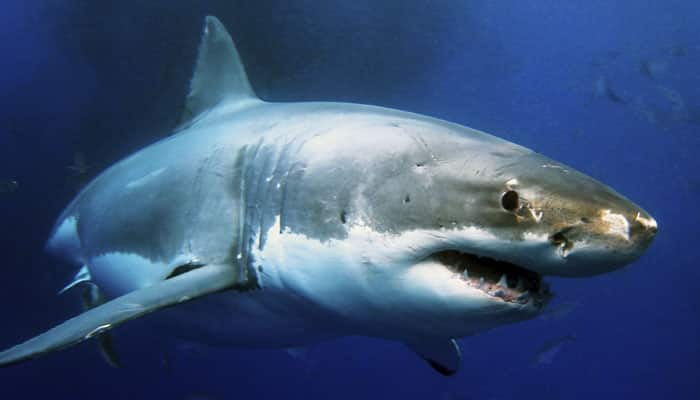Washington: A new research of a 415 million year-old fish skull has revealed that the last common ancestor of all jawed vertebrates, including humans, was not very shark-like.
The fossil skull's external features meant it had always been thought to belong to the bony fishes (osteichthyans), a group which includes familiar fishes such as cod and tuna as well as all land-dwelling creatures with backbones.
But when scientists from Oxford University and Imperial College London used X-ray CT scanning to look inside the skull they found the structure surrounding the brain was reminiscent of cartilaginous fishes (chondrichthyans) such as sharks and rays. The fish fossil's "two faces" led to it being named Janusiscus after the double-faced Roman god Janus.
Researcher Matt Friedman added that this fossil gives them an intriguing glimpse of the "Age of Fishes," when modern groups of vertebrates were really beginning to take off in an evolutionary sense and it tells them that the ancestral jawed vertebrate probably doesn't fit into our existing categories.
Chondrichthyans have often been viewed as primitive, and treated as proxies for what the "ancestral" jawed vertebrate would have looked like. A key component of this view is the lack of a bony skeleton in cartilaginous fishes.
First author Sam Giles said that the results from the analysis help to turn this view on its head: the earliest jawed vertebrates would have looked somewhat more like bony fishes, at least externally, with large dermal plates covering their skulls.
Giles added that in fact, they would have had a mix of what are now viewed as cartilaginous- and bony fish-like features, supporting the idea that both groups became independently specialised later in their separate evolutionary histories.
Friedman said that this mix of features, some reminiscent of bony fishes and others cartilaginous fishes, suggests that humans may have just as many features that you might call 'primitive' as sharks.
The fossil skull was originally found near the Sida River in Siberia in 1972 and is currently held in the Institute of Geology at the Tallinn University of Technology, Estonia.
The research is published in the journal Nature.
















